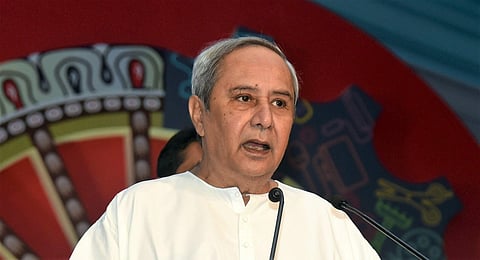

The Odisha government may have found itself in a Catch-22 situation over its proposed move to amend a 67-year-old law that protects the land rights of tribals in scheduled areas of the state. Two days after the state cabinet approved a purported recommendation of the Tribal Advisory Committee seeking an amendment to Regulation 2 of the Orissa Scheduled Areas Transfer of Immovable Property (by Scheduled Tribes) Regulations of 1956, the Biju Janata Dal administration put it on hold. It is still uncertain if it wants to push it again, but the move has triggered a wave of protests from various sections, given the likely repercussions.
The amendment proposes that members from the scheduled tribes can gift and exchange land for public purposes, or seek loans by mortgaging their land with public financial institutions for agriculture, residential house construction, higher education for children as well as self-employment and other business ventures. What, however, has raised the hackles of many is that it may permit the transfer of tribal land to non-tribals.
At least 121 blocks in 13 out of the state’s 30 districts are included in the tribal sub-plan and scheduled tribes constitute over 22 per cent of the population in the core mineral-bearing areas. The state is also home to the most diverse tribal groups identified as being particularly vulnerable. That land holding among tribal communities had fallen over two decades should have been a red flag in itself. The auditor general stated that between 2005-06 and 2015-16, there had been a 12 percent drop in tribal land holding used for agriculture. Under such a scenario, the latest move seems fraught with risks, exposing adivasis to further land losses.
The government would do well to realise that the tribal districts were the regions where left-wing extremism flourished and land was at the heart of their complaints; the leftist rebels exploited the issue to the hilt. Well-intentioned as it may seem, the fresh proposal could create a class barrier among the tribal groups and lead to a demographic change. If financial autonomy is what the government seeks to provide, it should create adequate safeguards by restoring land mortgaged for utilities and those illegally acquired by others. But it should refrain from providing any direct transfer to non-tribals. As it is, any such proposal would require the assent of the president and the Odisha government would have to tread a cautious path.